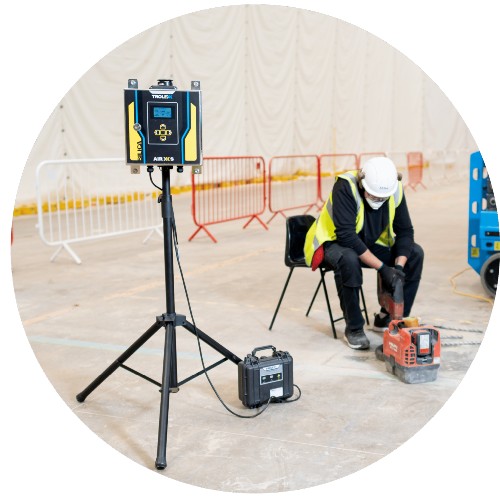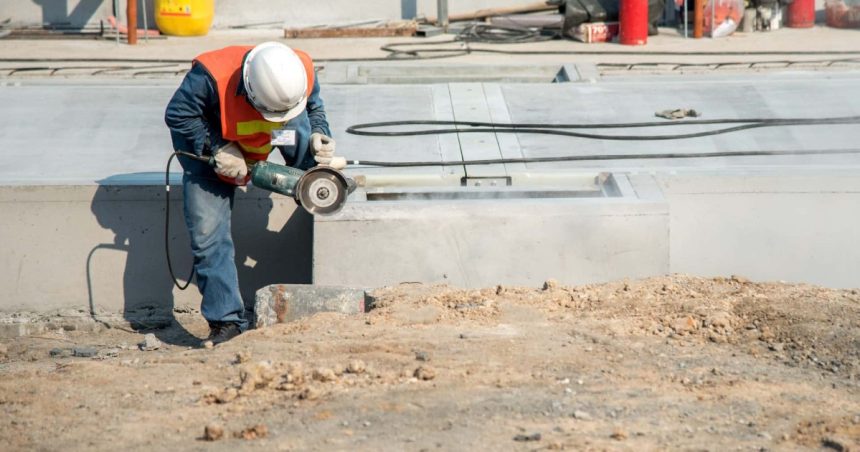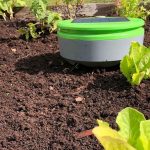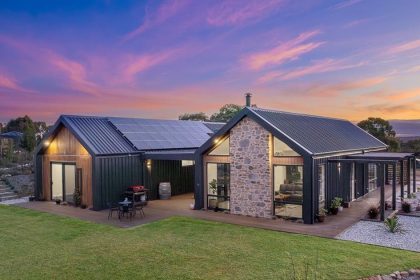A groundbreaking advance in dust monitoring could bring a monumental safety shift for those still working with crystalline silica.
The world-first tech provides game-changing real-time surveillance of silica dust, protecting workers who could otherwise be exposed to the deadly material.
The Trolex AIR XS Silica Monitor is designed to protect Aussie tradies against the life-changing effects of lung diseases such as silicosis. The tool provides a real-time reading of crystalline silica levels in the air.
Unlike other airborne silica monitoring equipment, its efficacy has now been confirmed using independent laboratory testing, demonstrating consistent, accurate and timely data collection.
The game-changing confirmation comes just weeks after engineered stone – dubbed the ‘killer stone’ after causing thousands of tradies to develop fatal lung diseases – is finally being forced off most job sites.
Despite the ban, calls are growing for greater safety measures and regulations for those still undertaking high-risk crystalline silica work.
Recent research from The Lung Foundation showed that an estimated 600,000 Australian workers are exposed to silica dust in a wide range of industries, including quarrying, construction, tunnelling, mining, and many manufacturing processes.
That means deadly health risks remain for those working with other silica dust-producing processes, such as the disturbance, manufacturing, cutting and installation of concrete, bricks, tiles, mortar, sandstone and marble.

Trolex Group CEO Glyn Pierce-Jones says outlawing the production and importation of manufactured stone was just the first step in solving the health crisis caused by respirable crystalline silica.
“Silica dust is found in most building materials, so while banning engineered stone is a positive step, it’s not a holistic solution,” he explained.
“The real issue facing the industry is the current archaic methods of testing for silica dust and the delay it causes in creating the safest possible workplace.”
The savvy tech could replace outdated, time-consuming approaches to silica testing, which currently relies on collecting, processing and testing gravimetric sampling.
But by switching to direct-reading testing devices such as the Air XS tradies will have the ability to monitor their safety on-site and in real-time.
“The current testing methodology for RCS only allows users to take an average reading over an eight-hour period and typically takes up to four weeks to produce a result,” Mr Pierce-Jones said.
“AIR XS Monitor was designed to provide an accurate reading with immediate results, letting workers know when their health is in danger and allowing employers to respond in the most efficient manner.”







